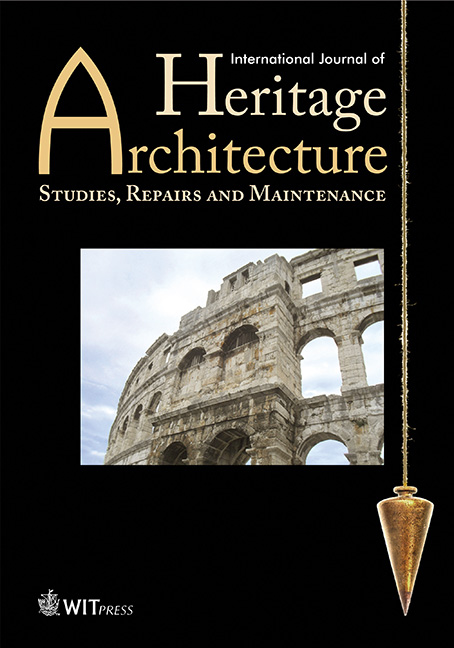URBAN HERITAGE AND CONSERVATION IN THE HISTORIC CENTRE OF BAGHDAD
Price
Free (open access)
Volume
Volume 2 (2018), Issue 1
Pages
13
Page Range
23 - 36
Paper DOI
10.2495/HA-V2-N1-23-36
Copyright
WIT Press
Author(s)
MAZIN AL-SAFFAR
Abstract
Baghdad, one of the leading cultural centres in the Middle East, has been a centre of political and economic operations since it was chosen by Caliph Al-Mansur to be his capital city for the Abbasid Empire in 762 CE. Up to the 21st century, the city has been occupied many times by different groups such as the Ottomans (1638–1917), the British (1917–1932) and the Americans (2003), who have all left their marks in varying degrees. The historic quarter of Old Rusafa is one of the areas of the city where historic buildings going back to the early 13th century have resisted the power of transformation, such as Al Mustansiryia School, The Abbasid Palace and Al Khulafa Mosque. This article will address how the traditional compact urban fabric in Old Rusafa has witnessed irreparable damage because of wars, a weak definition of demands and an ambiguous formulation of what to preserve. These are some of the reasons that the majority of urban conservation plans prepared by different groups for the city centre have not been successful. The article will address revitalizing urban heritage in Old Rusafa as an example of preserving the urban system and its components in historic cities. It will also argue the significance of preserving these historic places and how to promote socioeconomic and sustainability aspects. Finally, preserving traditional areas will require implementing efficient and sustainable urban development strategies that drive urban evolution and encourage revi- talization of the historic centre.
Keywords
conservation, sustainability, urban conservation, urban fabric, urban pattern




